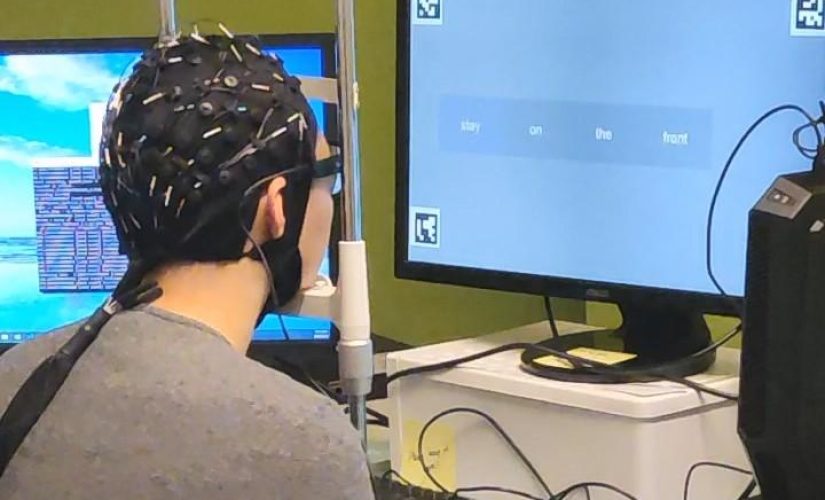
A researcher at UTS is currently conducting trials on DeWave AI, an innovative mind-reading technology.
The concept of machines having the ability to interpret our thoughts may seem like a plot from a sci-fi book, but it is now a reality with a new artificial intelligence (AI) technology known as DeWave.
A team of scientists in Australia has successfully created a method to convert unspoken thoughts into written text by utilizing an EEG cap to track brain activity. Through their initial tests, researchers at the University of Technology Sydney (UTS) were able to achieve an accuracy rate of more than 40%. They envision that DeWave's AI technology could potentially facilitate communication for individuals who are unable to verbally express themselves or use a keyboard.
According to research, the non-invasive system does not involve any surgical procedures or implants, unlike the proposed Neuralink chips by Elon Musk. The system was evaluated using datasets from individuals who were reading while their brain activity and eye movements were tracked. Through analyzing EEG patterns and eye fixations that signify recognized words, DeWave was able to decipher thoughts.
According to UTS lead researcher Chin-Teng Lin, DeWave presents an original method for neural decoding. In his comment, he stated that this study is a ground-breaking attempt to convert unprocessed EEG waves into language, signifying a major advancement in the area.
According to Professor Lin, the brain-to-text translation process has been enhanced by the inclusion of discrete encoding methods, which presents a novel approach to neural decoding. Additionally, the integration of vast language models is creating new opportunities in the fields of neuroscience and artificial intelligence.
In the future, DeWave's AI may potentially assist individuals with paralysis.
According to the researchers, the AI had the most success in identifying verbs through neural signals, but it occasionally translated concrete nouns as words with similar meanings. This suggests that semantically related ideas can generate similar EEG patterns, which can create difficulties.
Using just a comfortable EEG cap to collect data, this technology has the potential to facilitate smooth communication for individuals with paralysis or allow for direct manipulation of supportive tools. However, there is still progress to be made in enhancing the system's precision to reach a level of 90%, comparable to that of speech recognition.
In conjunction with the rapid development of language models, comparable brain-computer interfaces have the potential to one day allow individuals to easily communicate or interact with technology through thought alone.
